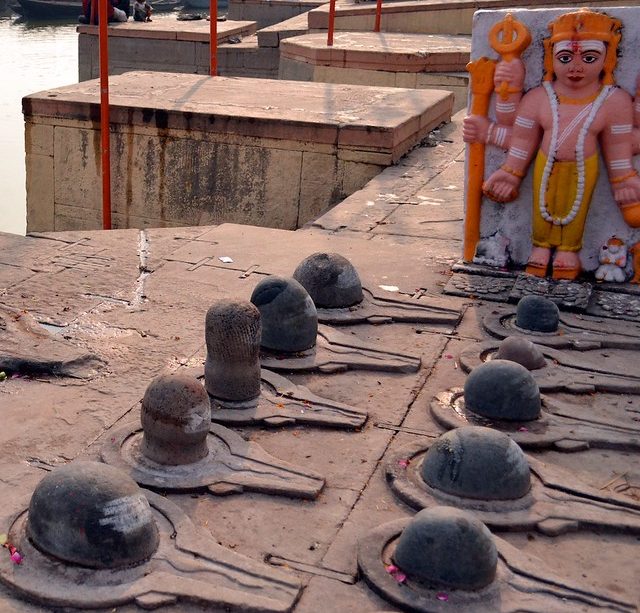Varanasi: The Cultural and Spiritual Heart of India

Introduction
Varanasi, one of the oldest continuously inhabited cities in the world, holds immense cultural, spiritual, and historical significance in India. Located on the banks of the River Ganges, this ancient city is a prominent pilgrimage site for Hindus and is often referred to as Benares or Kashi. The city’s importance is not only limited to its religious relevance but also extends to its rich tapestry of history, architecture, and the arts.
The Spiritual Journey
Every year, millions of pilgrims travel to the ghats of Varanasi to perform rituals, offer prayers, and immerse themselves in the holy waters of the Ganges. Popular locations such as Dashashwamedh Ghat and Assi Ghat are often bustling with activity, especially during major festivals like Kumbh Mela and Dev Deepawali, which further showcase the city’s vibrant spiritual atmosphere.
The Ganga Aarti ceremony, held every evening at the Dashashwamedh Ghat, is a key highlight for visitors, who gather to witness the breathtaking spectacle of priests performing rituals with fire and chanting sacred hymns. This event encapsulates the essence of devotion and community spirit found within Varanasi.
Cultural Significance
Varanasi is also a hub of Indian art and music, known for its association with classical music, especially in the realm of Hindustani music. The city has produced numerous legendary musicians and continues to host a variety of cultural events, ensuring that traditional art forms thrive. This rich cultural landscape is complemented by local crafts, particularly weaving, with the exquisite Banarasi silk sarees being highly sought after.
Challenges and Developments
While Varanasi thrives as a spiritual and cultural destination, it faces challenges such as pollution in the Ganges River and urbanisation pressures. Recent initiatives have been taken by both the government and non-governmental organisations to address these concerns, focusing on river cleaning projects and sustainable tourism practices.
Notably, the ‘Namami Gange’ programme aims to rejuvenate the river’s ecosystem while promoting awareness among the local communities. Such measures are essential to preserve the sanctity of the river and the heritage of Varanasi amidst rapid modernisation.
Conclusion
In conclusion, Varanasi stands as an enduring symbol of India’s spiritual and cultural wealth. Its unique blend of tradition and modernity makes it a fascinating destination for both pilgrims and tourists seeking an authentic experience. As efforts continue to promote sustainable development, the hope is that Varanasi will maintain its sacred character while embracing the benefits of progress. The city’s importance as a spiritual epicentre and a cultural monument underscores its relevance and allure in contemporary society.








